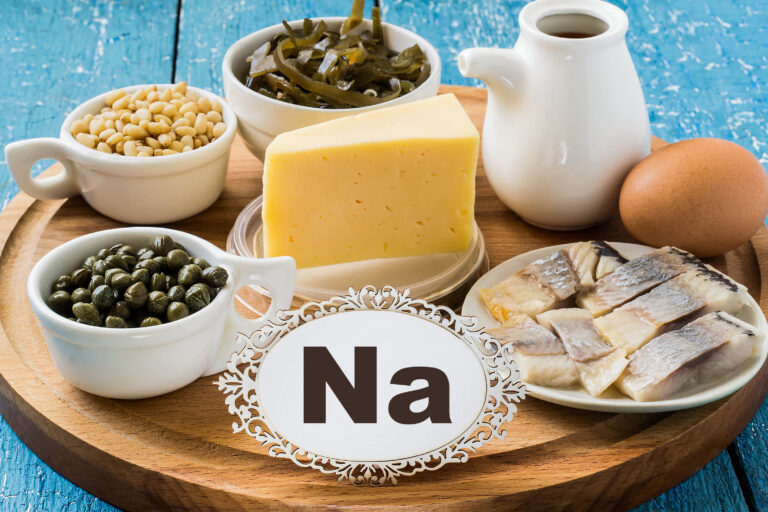While renowned chefs consider salt to be “what perks up our dishes and makes us go back for seconds,” FDA is seeking to put some limits on the “perkiness” that the food industry includes in processed foods.
FDA focus on salt is nothing new and the agency has been back and forth over the years with various attempts to push down salt consumption in US consumers. Food companies have done a lot to reduce sodium in foods in recent years but the “sodium issue” seems to be back on the table, and it is for this reason we thought it would be a good topic for our readers.
Within the last month, FDA has issued guidance on Voluntary Sodium Reduction Goals, a proposal to Permit Salt Substitutes to Reduce Sodium in Standardized Foods, and numerous articles on nutrition improvement, including the focus on sodium reduction for both industry and consumers.
FDA is focusing on processed foods because, as the agency states in the guidance discussion, “More than 70 percent of total sodium intake is from sodium added during food manufacturing and commercial food preparation.” Thus, FDA explains, it can be difficult for consumers to control their sodium intake without shunning packaged/prepared foods.
Following are two recently introduced initiatives by which FDA is putting the onus on the food industry to help reduce consumer salt intake:
The Sodium Reduction Guidance. While the guidance is nonbinding, as is all guidance, it is being proposed as short-term, that is with the targets for reducing sodium set for the next 2.5 years, while the agency monitors the food supply, evaluates progress toward targets, engages with stakeholders, then “issue revised subsequent targets in the next few years to facilitate a gradual, iterative process to reduce sodium intake.”
The guidance is focused on:
- 16 overarching categories with individual sodium targets for 163 subcategories of food in recognition that a one-size approach does not fit all.
- Targets designed to support decreasing average daily sodium intake by about 12 percent—from approximately 3,400 milligrams (mg) to 3,000 mg.
- Consideration of the many functions of sodium in food, including taste, texture, microbial safety, and stability.
The targets do not address naturally occurring sodium or salt that individuals add to their food.
Salt Substitutes Proposal. Intended to facilitate industry innovation to reduce sodium and provide manufacturers with flexibility, the proposed rule would amend the standards of identity (SOI) to permit the use of salt substitutes in foods for which salt is a required or optional ingredient. The rule would be needed because salt substitutes are currently used in many non-standardized foods, but most FDA SOIs do not permit the use of salt substitutes.
If passed, the proposed rule:
- Would use a “horizontal” approach for SOIs, so that a single rule would apply to multiple SOIs across several categories of standardized foods.
- Would amend the 80 SOIs that specify salt as a required or an optional ingredient. This could ultimately impact 140 SOIs due to cross-referencing.
- Would not list permitted salt substitutes but would define them as “safe and suitable ingredients used to replace some or all of the added sodium chloride and that serve the functions of salt in food.”
In addition to industry publications, FDA has been targeting sodium in a number of consumer outreach, such as that published in late February on “Sodium in your Diet,” a late March press release on the salt substitute proposal and its early April “FDA’s Nutrition Initiatives” article. All are part of the agency’s prioritization of nutrition initiatives – for which reducing sodium across the food supply is a primary aspect – to ensure consumers have greater access to healthier foods.
While there is little doubt that some processed foods could do with less salt – as evidenced by the number of processed products that have both full and reduced sodium options, there also is no doubt that “salt perks up dishes.” So, the food industry may need to tread a fine line to work toward targeted reduction levels while maintaining flavor. There also could be some consumer backlash from the use of salt substitutes (which would need to be declared on the label in accordance with section 403(i)(2) of the FD&C Act) by those who would see these as not “natural” or another example of “chemicals” being added to food.
All that said, we do see nutrition as a key aspect of FDA’s role, and one which doesn’t always get enough attention. So working toward healthier foods and nutrition options is a step forward, wherever the onus is placed.





